India vs Australia: Fascinating Comparison of the Best Test 11
India vs Australia: Virat Kohli led bowling unit and Ricky Ponting led batting unit, the differentiator in our best Test 11 at home comparison.
After whitewashing South Africa 3-0 for the first time in the history, Team India created a world record by winning their 11th consecutive Test series at home, the record previously held by Australia. India are now unbeaten at home since February, 2013. In this time period, India played a total of 32 Test matches, won 26 and lost just 1. The sole loss came against Australia on the turning track of Pune in 2017.
Meanwhile, Australia, the previous record-holder achieved 10 consecutive series wins at home. They achieved this feat twice with the latest coming during Ricky Ponting’s captaincy from July, 2004 to November, 2008. During this period, Australia played 28 Test matches, won 23, and lost just 1. Interestingly, Australia’s only loss came against India in the 2007-08 Border Gavaskar Trophy.
Statistically, the teams have performed almost similarly, but how would it be to compare the best XI of these two Teams for their dominant time period? To make the analysis interesting, we have analyzed the best performers of both the teams during their dominance period, and did a 1-on-1 comparison of players. Alright then, without any further delay, let’s do a fascinating comparison of the Best Test 11 of dominant Home Teams of India vs Australia.
OPENERS:
India: Rohit Sharma & Murali Vijay
Australia: Matthew Hayden & Justin Langer
Australia’s best openers during their dominance at home were Matthew Hayden and Justin Langer. Combined, both scored a total of 3913 runs from 77 innings at an average of 55.1 with 14 centuries and 12 fifties; that’s 33.8% 50+ scores.
Matthew Hayden was exceptional with his performance with 2445 runs from 47 innings at an average of 56.85. He scored 10 centuries in this period; the most for Australia and joint-most with Virat Kohli.
While India had varied openers, we finalized at Murali Vijay and Rohit Sharma with the latter being chosen to open rather than play in the middle-order. Combined, both scored a total of 3175 runs from 59 innings at an average of 59.9 with 14 centuries and 10 fifties; that’s 40.7% 50+ scores. Rohit Sharma’s ‘Bradmanesque’ average of 99.84 separates him from the rest.
Analyzing their performances, Indian openers are a touch above par as compared to Australian openers. Hence, this round belongs to Team India.
MIDDLE-ORDER:
India: Cheteshwar Pujara, Virat Kohli & Ajinkya Rahane
Australia: Ricky Ponting, Michael Hussey & Michael Clarke
The middle-order calls for a tough fight between India and Australia. While India have Cheteshwar Pujara, Virat Kohli & Ajinkya Rahane, Australia have Ricky Ponting, Michael Hussey & Michael Clarke at 3, 4, and 5 respectively.
The Australian trio combined together to score 5874 runs from 107 innings at a superb average of 66.8 with 22 centuries and 25 fifties; that’s 44% 50+ scores. For Australia, all three have performed well, but it was Ricky Ponting who performed the best with a total of 2643 runs from 46 innings at an average of 69.5, and consistency of ~50%.
Meanwhile, the Indian trio combined together to score 6895 runs from 136 innings at an average of 56.5 with 21 centuries and 26 fifties; that’s 34.5% 50+ scores.
India’s performance isn’t bad, but it is Ajinkya Rahane who has given a below-par performance that led to a decrease in overall performance. Usually good in overseas conditions, Rahane managed 1356 runs from 40 innings at an average of just 37.7 at Home. Virat Kohli, however, scored heavily with a total of 2907 runs from 46 innings at an average of 72.7, but a decent consistency of ~35%.
So, analyzing the performances, Australian trio out-performs Indian trio in the middle-order.
All-ROUNDERS:
India: Ravindra Jadeja & Ravichandra Ashwin | Australia: Andrew Symonds
Probably the most difficult category to analyze as needs differ on Indian pitches as compared to Australian pitches. While India would opt to play 2 spin-bowling all-rounders and 3 pacers, Australia would opt for a batting-all-rounder to complement their 4 bowlers.
Andrew Symonds, the Australian all-rounder has been a brilliant batsman down the order. He has scored a total of 923 runs from 23 innings at an average of 46.15 with 2 centuries and 5 fifties. He has been a decent bowler too accounting for 21 wickets at an average of 28.57.
Meanwhile, Jadeja & Ashwin combined to score a total of 1956 runs from 78 innings at an average of 30.56. Being bowling all-rounders, their bowling performance is exceptional, which we would see in the below section.
So, this round is a win-win for both the teams as each excel according to the conditions.
WICKET-KEEPER:
India: Wriddhiman Saha | Australia: Adam Gilchrist
Technically, there’s no competition here as Adam Gilchrist has performed exceptionally; both as a batsman and as a wicket-keeper. The Australian legend has scored a total of 1252 runs from 34 innings at an average of 40.4 with 3 centuries and 9 fifties. He accounted for 128 dismissals from 50 innings at 2.56 dismissals per innings.
Meanwhile, Saha has been a decent batsman. He has scored a total of 613 runs from 26 innings at an average of 32.3 with 2 centuries and 2 fifties. Saha took 54 dismissals from 39 innings. While perceptively, Saha is a brilliant keeper, his D/I ratio of 1.38 is lower than that of Gilchrist.
Even though D/I isn’t a great way to check wicket-keeper performance, this round would still go to Australia for his a better overall package.
BOWLERS:
India: Ravindra Jadeja, R Ashwin, Mohammed Shami, B Kumar, and Umesh Yadav
Australia: Shane Warne, Brett Lee, Stuart Clark, and Glenn McGrath
Coming to the section that is going to decide who takes the crown for the best Team at home during their dominance period.
For Australia, Shane Warne, Brett Lee, Stuart Clark, and Glenn McGrath combined to take 335 wickets from 141 innings at an average of 24.5, and a strike rate of 52.67. Together, they have taken 10 five-wicket hauls and no ten-wicket haul. Brett Lee leads the pack with 105 wickets from 40 innings at a stunning strike rate of 47.
For India, Ravindra Jadeja, Ravichandran Ashwin, Mohammed Shami, Bhuvneshwar Kumar, and Umesh Yadav have combined to take 495 wickets from 212 innings at an average of 22, and a strike rate of 49.94. Together, they have taken 27 five-wicket hauls and 10 ten-wicket hauls.
Ravichandran Ashwin leads the pack with 195 wickets from 62 innings. He has an amazing average of 21.59 and a strike rate of 48. The three fast bowlers, Umesh, Bhuvi, and Shami have been good too with their role being more supportive.
Comparing the two performances, India look a better bowling unit at home with a better average, better strike rate, and more five-wickets hauls.
Overall, both these best 11 are fantastic with India being a better bowling unit, while Australia being a better batting unit at home.
Thanks for reading! What do you think would have happened if these best 11 of India vs Australia clashed at a neutral venue? Please, share your thoughts on business@cricalytics.com
ALSO READ: Virat Kohli vs Steve Smith: A comparison of a lifetime in Tests

Adesh Kothari is the founder of AK4Tsay1 Cricalytics with over 20 years of experience following Cricket.
Cricket to him is like what Football is to Lionel Messi, Singing is to Lata Mangeshkar, Dancing is to Michael Jackson, and Acting is to Clint Eastwood.
Besides his effervescent love for Cricket, Adesh is an MBA by qualification.

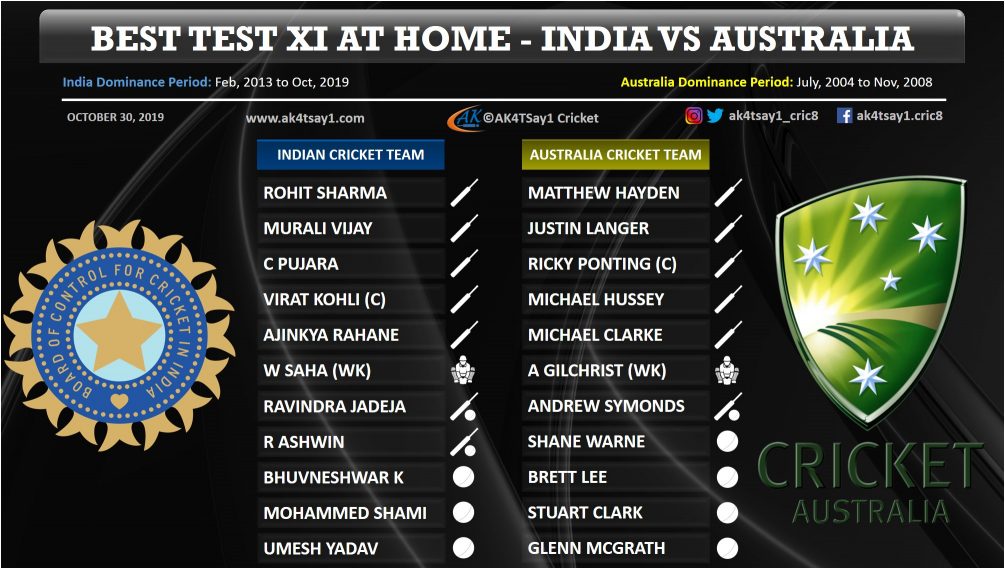
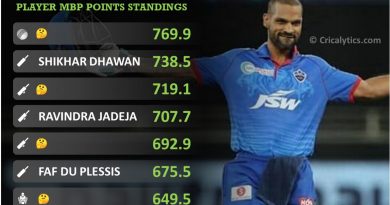
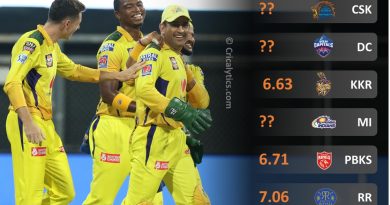
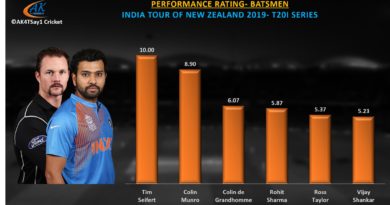
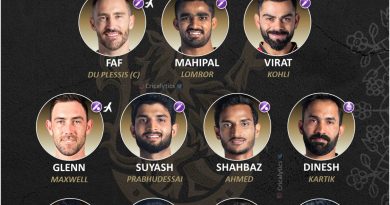
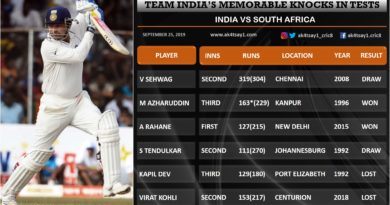
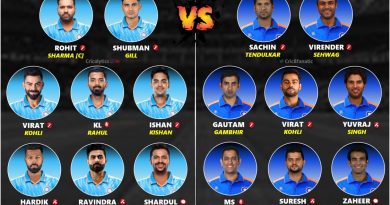
Pingback: Top 3 Stunning Spells of Vijay Hazare Trophy 2019